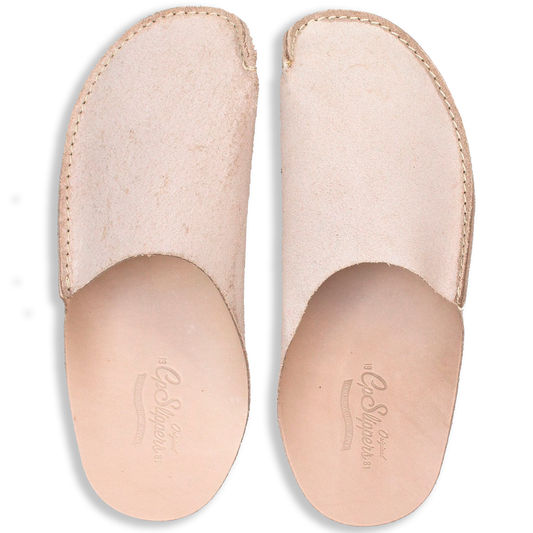Shichi-Go-San (literally “Seven-Five-Three”) is a rite-of-passage celebrated every to pray for the healthy growth of girls aged 3 & 7 and boys aged 3 & 5. Although not a national holiday, families flock to Shinto shrines the nearest weekend for blessings, portraits and—of course—adorable kimono photos.
1. Origins & Symbolism
The custom dates back to the Heian court (794-1185), when high infant mortality made reaching these ages a milestone. Odd numbers were deemed auspicious in East-Asian numerology, so turning 3, 5 or 7 was celebrated as lucky. In the Edo era commoners adopted the practice and added shrine visits to present children to Ujigami, the local guardian deity of health.
2. Key Rituals & Offerings
- Blessing ceremony: A priest chants purification prayers; parents offer sacred sakaki branches and children shake onusa wands.
- Chitose Ame: Long red-and-white candy sticks symbolising “1 000 years of longevity” given in crane-and-tortoise bags.
- Sacred sake & charms: Families receive omamori amulets with the child’s name and age.
3. Kimono & Formal Wear
Girls wear vibrant silk kimono with hifu padded vests; boys sport haori jackets and hakama pants—often emblazoned with cranes or pine motifs for luck. Modern families sometimes choose Western dresses or suits, but traditional attire remains the photo favourite.
4. Shrine Etiquette (Shoes, Slippers & Photos)
Shrine precincts require visitors to remove shoes before entering inner halls; leather slippers or sock-feet are acceptable, while tatami rooms demand bare or stockinged feet only. Packing a light, foldable pair keeps kimono hems pristine and shows respect.
5. Planning Your Visit
| Task | Timeline |
|---|---|
| Book photo studio / kimono rental | 2–3 months before |
| Reserve shrine blessing slot | 1 month before |
| Order CP Slippers & tabi socks | 2 weeks before |
6. Tips for Foreign Guests & Photographers
Tourists are welcome—just stand aside during prayers and use a telephoto lens to avoid blocking the aisle. Many families appreciate a quick compliment in Japanese (“kawaii!”).
7. FAQs
- Is it okay to attend without children?
- Yes—shrines are public. Donate a small coin and observe respectfully.
- Can siblings wear slippers on tatami?
- No—remove slippers before stepping onto tatami platforms.
- What gifts are appropriate?
- Chitose Ame candy bags or a small charm from the shrine shop.
Celebrate tradition, walk in comfort. Explore the full CP Slippers range and give little feet a premium start.






